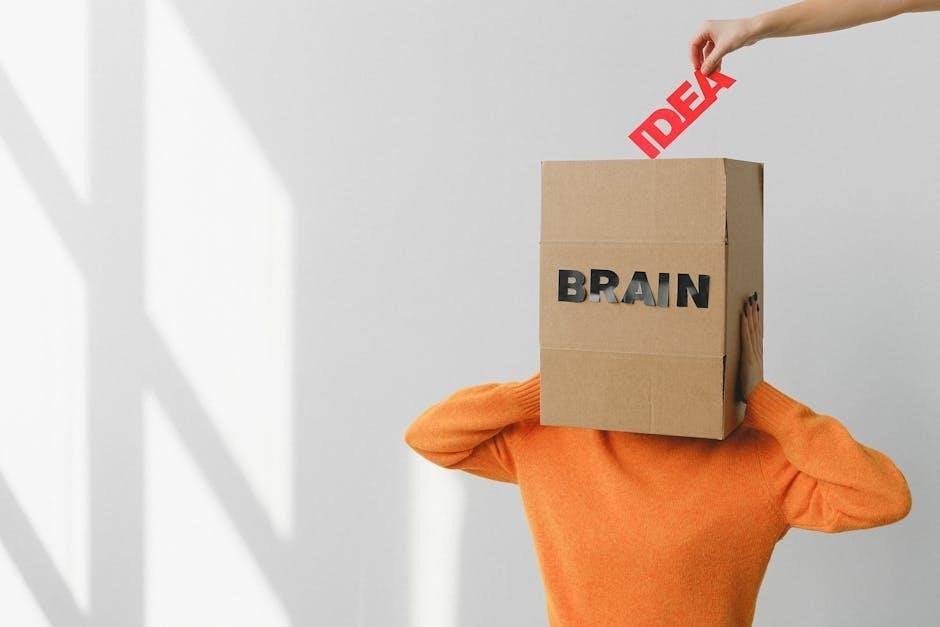The introduction to addiction and the brain worksheet pdf explains drug effects on humans and organisms naturally using
- lists
and to organize information clearly always.
Understanding the Basics of Drug Addiction
Drug addiction is a complex issue that affects many people, and understanding its basics is crucial for addressing the problem. According to the information available, a drug refers to a chemical substance that affects living creatures and organisms. Initially, drugs can heal and fix the broken system in living creatures and organisms. However, they can also cause addiction, which further damages the brain and body. The basics of drug addiction involve the way drugs interact with the brain and body, leading to physical and psychological dependence. This can be explained through various
- lists
and that organize information clearly. Understanding the basics of drug addiction is essential for developing effective prevention and treatment strategies. By learning about the effects of drugs on the brain and body, individuals can make informed decisions about their health and well-being. This knowledge can also help to reduce the stigma associated with drug addiction.

The Brain and Its Functions
The brain is a three-pound mass with many parts acting together as a team using
- tags
and
paragraphs
to explain functions clearly always every day.
How the Brain is Affected by Drug Abuse
Drug abuse affects the brain by altering its structure and function, leading to changes in behavior and cognitive abilities. The brain’s reward system is impacted, releasing feel-good chemicals such as dopamine, which can lead to addiction.
- Lists
of potential effects include impaired judgment, memory loss, and mood swings.
- Tags
are used to organize information about the brain’s response to drugs, including the release of neurotransmitters and the impact on brain cells. The brain’s ability to adapt to drug use can lead to long-term changes, making it difficult to recover from addiction. Understanding how the brain is affected by drug abuse is crucial for developing effective treatment strategies. By using and
paragraphs
, the complexities of drug abuse and its impact on the brain can be explained in a clear and concise manner, providing valuable insights for those seeking to overcome addiction and rebuild their lives.

The Science Behind Addiction
Scientists use
- lists
and to explain addiction causes and effects naturally always.
Brain Changes and Compulsive Behavior
Brain imaging studies from drug-addicted individuals show physical changes in areas of the brain that are critical to judgment, decision making, learning, and memory, and behavior control, using
- lists
to organize information.
The brain is a complex organ made up of many parts that act together as a team, with each part having a specific function, and are used to explain these functions.
The different areas of the brain communicate by sending electrical impulses between brain cells, known as neurons, and
paragraphs
are used to describe this process.
These brain changes can be long lasting and can lead to harmful behaviors seen in people who abuse drugs, and
- unordered lists
are used to outline the effects of these changes.
Scientists believe that these changes alter the way the brain works, and may help explain the compulsive and often destructive behavior of people who are addicted to drugs, and
are used to compare the effects of different drugs.
Overall, understanding the brain changes that occur with addiction is crucial to developing effective treatments and links are provided to additional resources.

Recovery and the Brain
Recovery is rebuilding connections between brain cells using
- lists
and
paragraphs
to explain the process naturally always.
Challenges in Rebuilding Brain Connections
The process of rebuilding brain connections is complex and challenging, requiring patience and persistence. The brain’s ability to reorganize itself is limited, and the damage caused by addiction can be long-lasting. Using
- lists
and
headings
, researchers have identified several key challenges in rebuilding brain connections, including the formation of new neural pathways and the strengthening of existing ones. The brain’s natural plasticity can be leveraged to promote recovery, but it requires a comprehensive approach that incorporates
- multiple strategies
and techniques. By understanding the challenges involved in rebuilding brain connections, individuals can better navigate the recovery process and overcome the obstacles that stand in their way. Effective
treatments
and interventions can help to support the rebuilding process, promoting healthy brain function and reducing the risk of relapse. With the right approach, individuals can overcome the challenges of rebuilding brain connections and achieve lasting recovery.

Consequences of Drug Abuse on the Brain
Drug abuse affects brain function using
- lists
and causes long-term damage naturally always.
Long-Lasting Effects of Drug Addiction
The long-lasting effects of drug addiction can be severe and impact various aspects of an individual’s life, including their physical and mental health, relationships, and overall well-being. According to research, drug addiction can alter the brain’s structure and function, leading to changes in behavior, mood, and cognitive abilities. These changes can be long-lasting and even permanent, making it challenging for individuals to recover from addiction. The
- effects of drug addiction
can also extend beyond the individual, affecting their loved ones and community. Furthermore, drug addiction can increase the risk of developing other health problems, such as cardiovascular disease, respiratory disease, and mental health disorders. Understanding the long-lasting effects of drug addiction is crucial for developing effective prevention and treatment strategies. By using
- ordered lists
and
paragraphs
, individuals can better comprehend the complexities of drug addiction and its far-reaching consequences.
